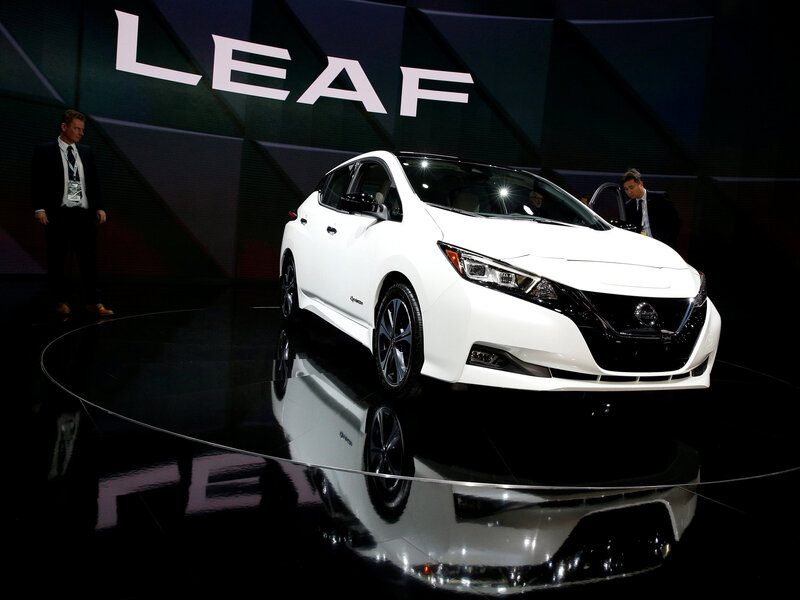The pocketbook case for EVs
Loading...
Who would have imagined back in the late 20th century that ordinary folks would carry powerful computers in their pockets or purses that would open up new ways of communicating? Yet today even people of modest means wouldn’t do without their smartphones.
Owning an electric vehicle (EV) now may seem just as expensive and unnecessary as a smartphone did back then. But as is often the case, technology and innovation move faster than public perceptions.
If Americans today think about EVs at all, they are likely to assume EVs are expensive and, perhaps most worrying, that their batteries will run down and leave them stranded (a concern often called “range anxiety”).
But the first assumption is already largely wrong, and the second is fast becoming so.
In the next few years a slew of new EVs from nearly every major world automaker will be arriving on dealer lots. Last year the average price of a new car in the United States topped $35,000. Many new EVs will sell for something close to that – and that’s before subtracting government rebates or tax incentives.
Buyers who look beyond the sticker price to the true cost of ownership find more good news. On average in the US, it costs less than half as much to travel per mile in an EV than in a gas-powered vehicle, according to the US Department of Energy.
EVs also cost much less to maintain than gas-burning vehicles with internal combustion engines, a technology first developed in the 19th century.
And what of range anxiety? While the driving range per charge of the new wave of EVs is over 200 miles, that’s still short of the 400 miles or more vehicles can travel on a tank of gas. But if shoppers look at how far they drive in an average day running errands or commuting, most will find 200 miles is more than enough.
What’s still needed (and on the way) are many more public charging stations that allow EVs to extend their daily range. Cities, states, and private employers are providing more and more of these: California, New Jersey, and New York alone plan to invest $1.3 billion in charging stations. And at least one entrepreneur is using an Uber or Airbnb model to match EV drivers with available nearby public or private charging facilities.
EVs won’t be just sedans, either. An all-electric pickup truck being underwritten by Amazon may be on the streets by next year. And the first company to get an all-electric SUV to market is likely to find it’s a winner.
With the need to cut carbon pollution becoming more urgent each day, a transition from fossil fuels to EVs could be an important part of the solution. Many governments recognize this: Norway aims to ban sales of gas and diesel cars by 2025; India, Ireland, Israel, and the Netherlands by 2030; and Britain by 2040. Volvo will stop making cars that run only on gas or diesel this year, and Volkswagen will follow in 2026.
The meme that owning an EV requires a sacrifice of cash and convenience beyond what most people would be willing to make is fading before our eyes. Environmental stewardship and shopping for the best bargain are about to join hands.





